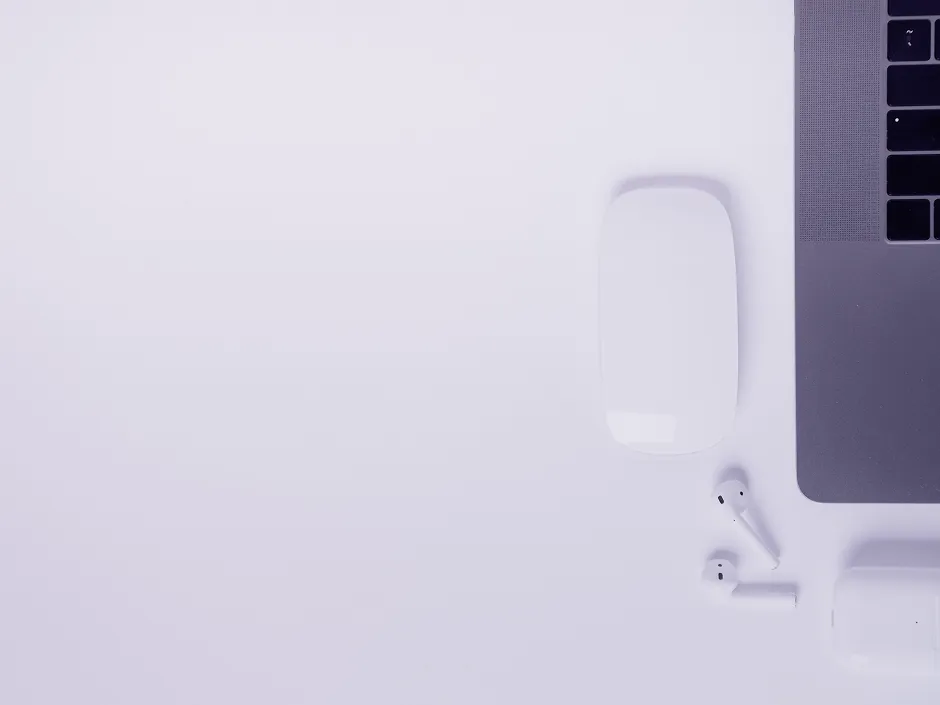.svg)
How to adopt hybrid work: A guide for modern organizations
Actionable guide on setting hybrid work, from choosing the right hybrid work model to performance tracking.

What is hybrid work?
Hybrid work is a flexible working model that allows employees to split their time between the office and other locations, such as their home, a coworking space, or any other location where they feel productive. Depending on the company’s hybrid work policy, in-office days may be fixed (e.g., on team level) or chosen freely by each employee.
What you’ll learn in this guide?
Hybrid work isn’t just a policy, it’s a complete rethinking of how people use time, space, and technology. Whether you’re starting from scratch or optimizing an existing setup, this guide walks you through the essential decisions, tools, and practices to build a hybrid work model that works for your company — not just in theory, but in the day-to-day.
Key Takeaways
- Hybrid work is a long-term shift, not a temporary fix.
- Success depends on clear policies, the right tech stack, and inclusive leadership.
- It’s not one-size-fits-all; the best hybrid models adapt to your team’s needs and workflows.
Chapters
Why go for a hybrid work management platform?
Hybrid work only works when people, spaces, and schedules are in sync.
To give your people clarity
Show employees where to work, when to come in, and who they’ll be working with.
To keep teams coordinated
Plan in-office days together, sync schedules, and avoid misaligned office presence.

To manage the office without chaos
Handle bookings, visibility, and space data in one seamless, IT-friendly platform.

Run your hybrid office on autopilot with deskbird
- Know who’s in, where they’re sitting, and make every office day count
- Optimize space and reduce overhead with real usage insights
- Easy onboarding and seamless integrations
Trusted by 100,000+ employees worldwide




Frequently Asked Questions
Learn more about Hybrid Working and how to implement it at your workplace.
What is the difference between hybrid work and remote work?
Hybrid work combines working remotely and from the office, giving employees the flexibility to choose where they work best. Remote work happens entirely outside the office. Hybrid models keep a physical workspace for collaboration while allowing employees to work from home part of the time. This setup balances flexibility with face-to-face teamwork.
Why are companies to switching to hybrid work?
Organizations are embracing hybrid work to attract and retain talent, cut real estate costs, and support employee well-being. It gives teams more autonomy, increases satisfaction, and aligns office usage with actual demand. Hybrid models also make collaboration more intentional and productive by combining in-person connection with digital flexibility.
What tools help implement hybrid work?
Tools that support hybrid work include desk and room booking systems, scheduling apps, collaboration platforms (like Microsoft Teams, Slack, Zoom), and workplace analytics. Together, they help teams plan office days, manage resources, and stay connected across locations. Platforms like deskbird combine these functions into one intuitive, mobile-first solution.
How do I manage office space for hybrid teams?
Managing hybrid teams starts with flexibility. Use a desk booking platform to match attendance with available space, and rely on analytics to understand occupancy patterns. Adapt layouts to fit changing needs and provide both focus areas and collaboration zones. This approach keeps offices efficient and employee-friendly.














